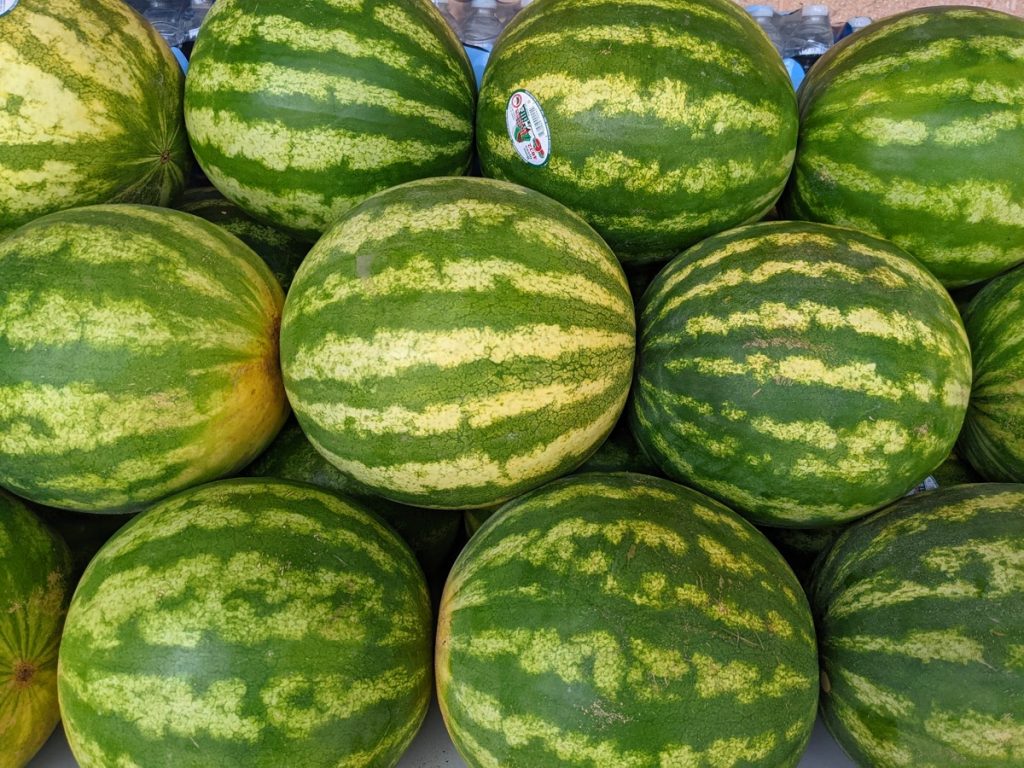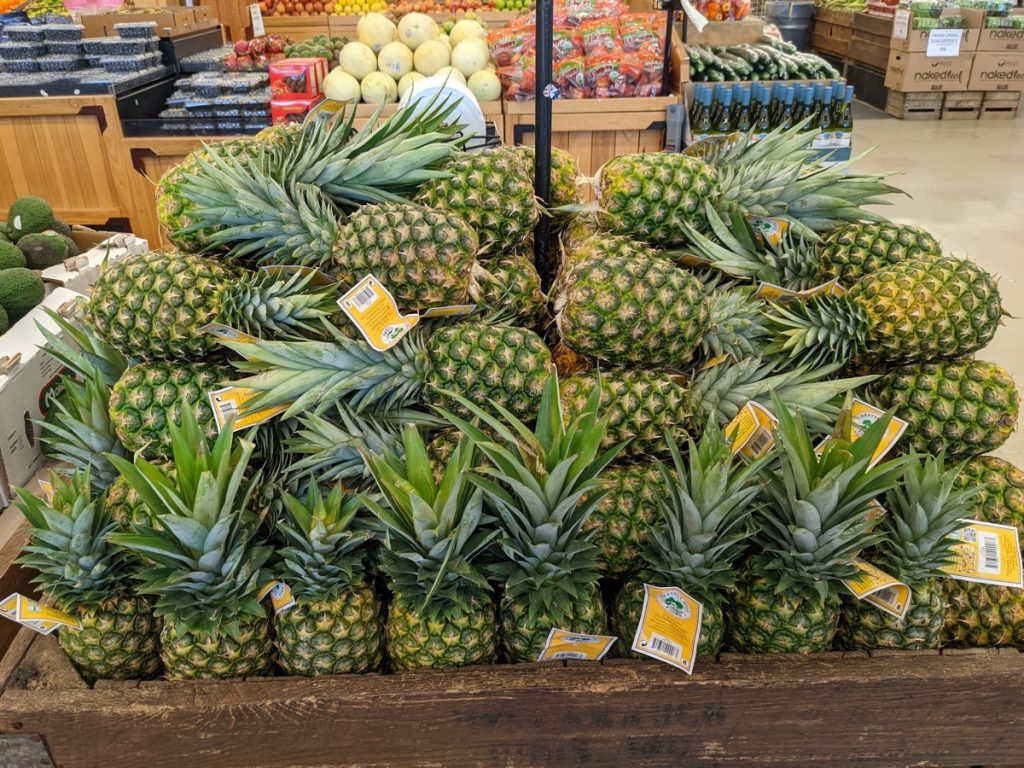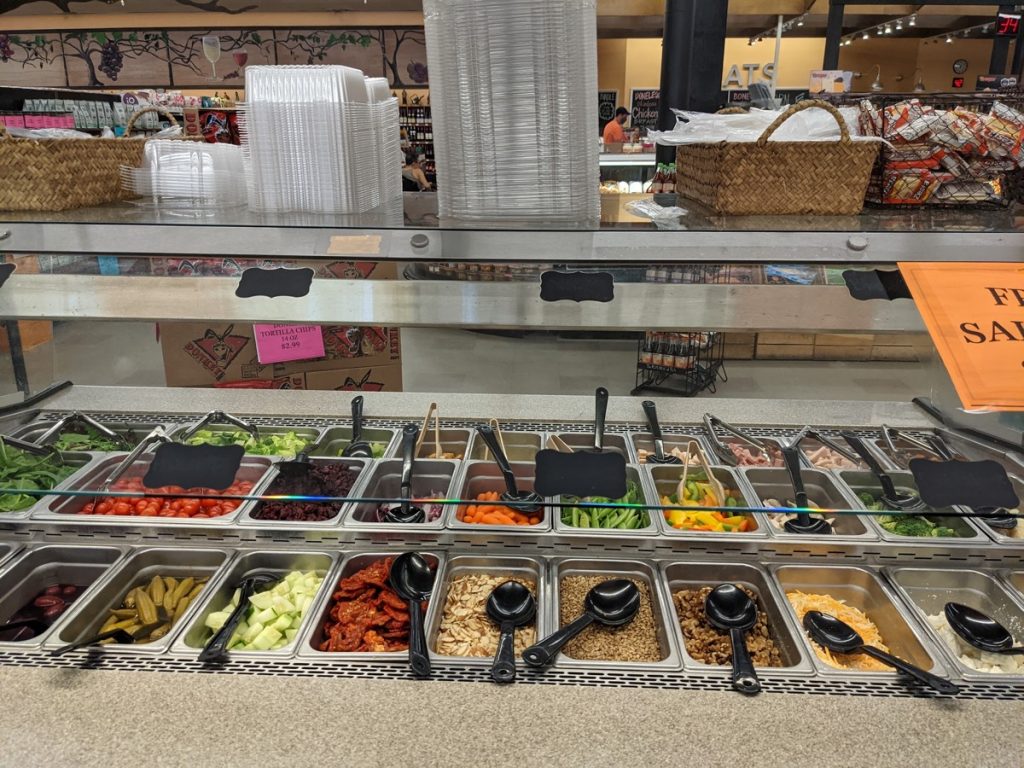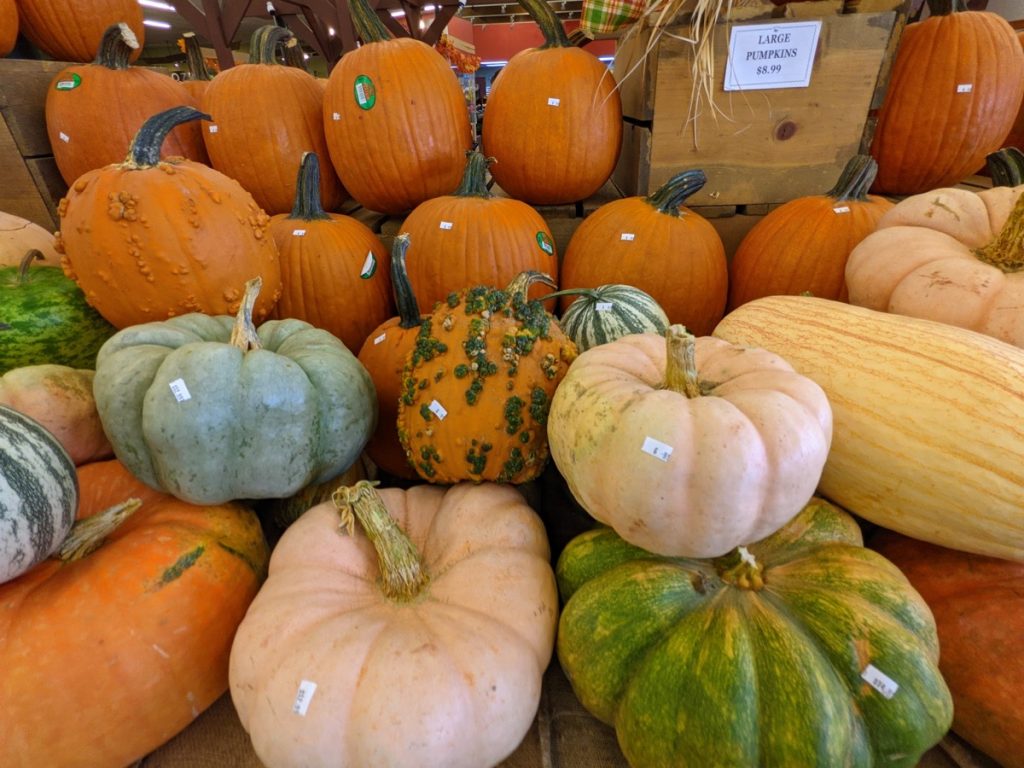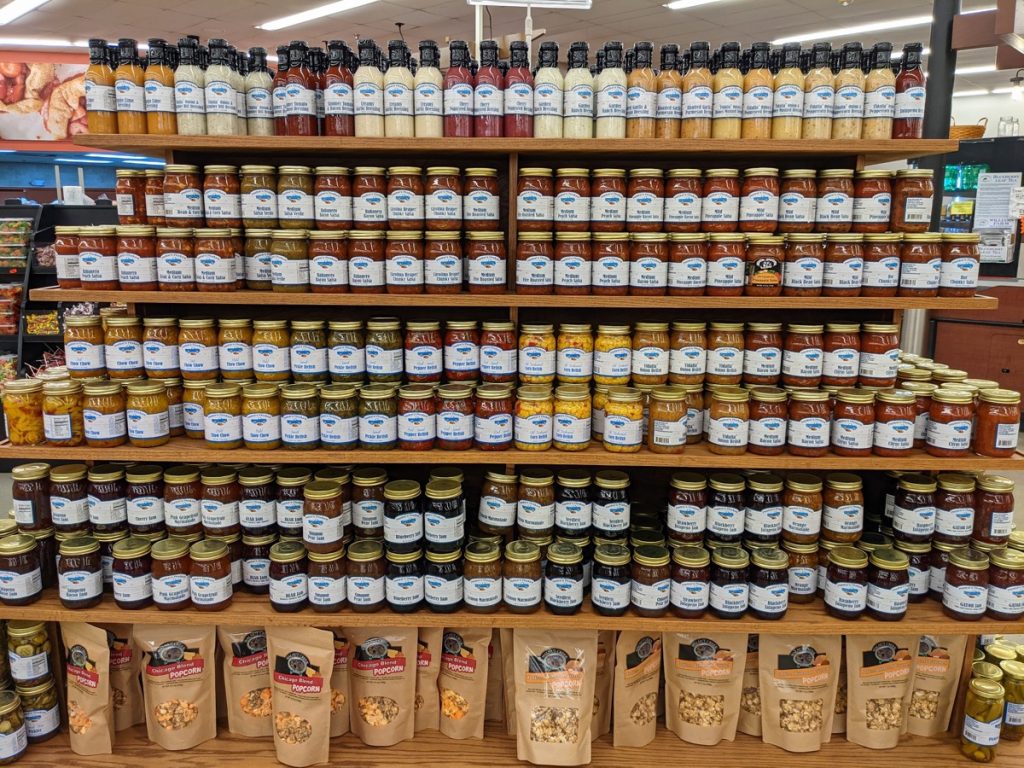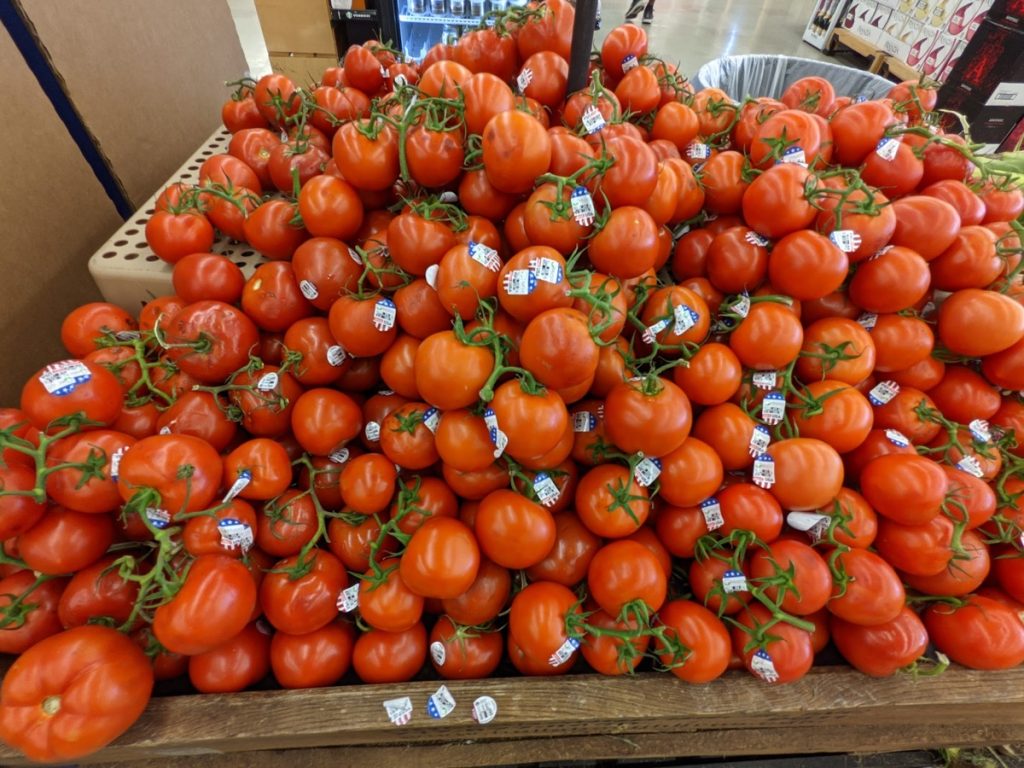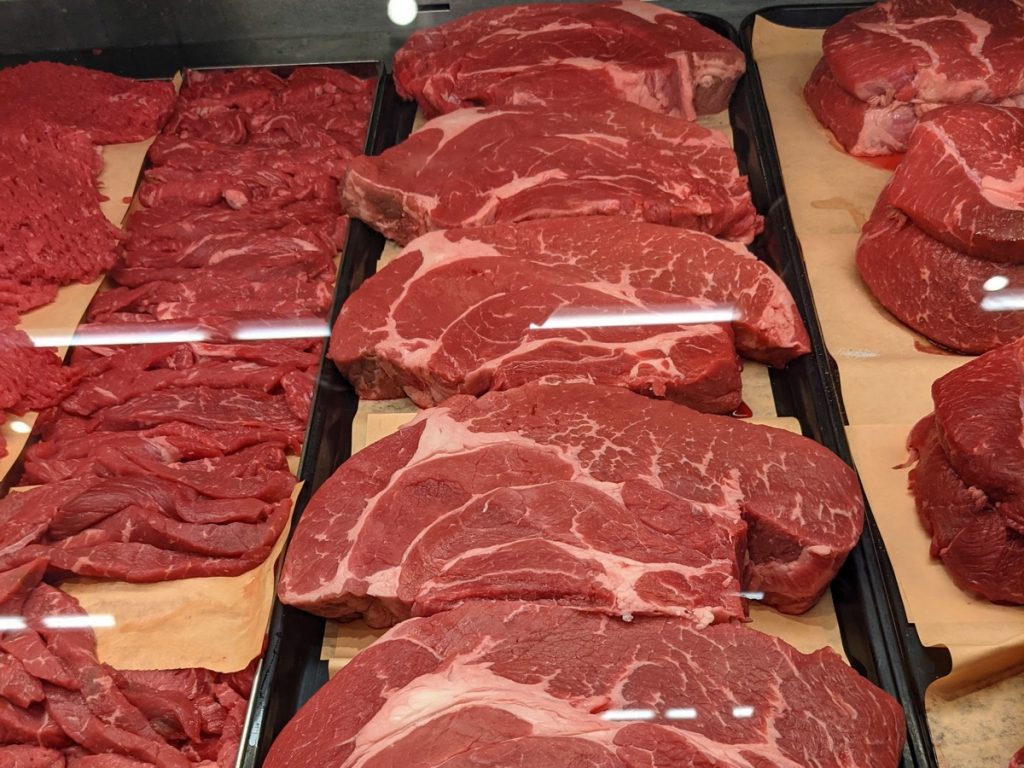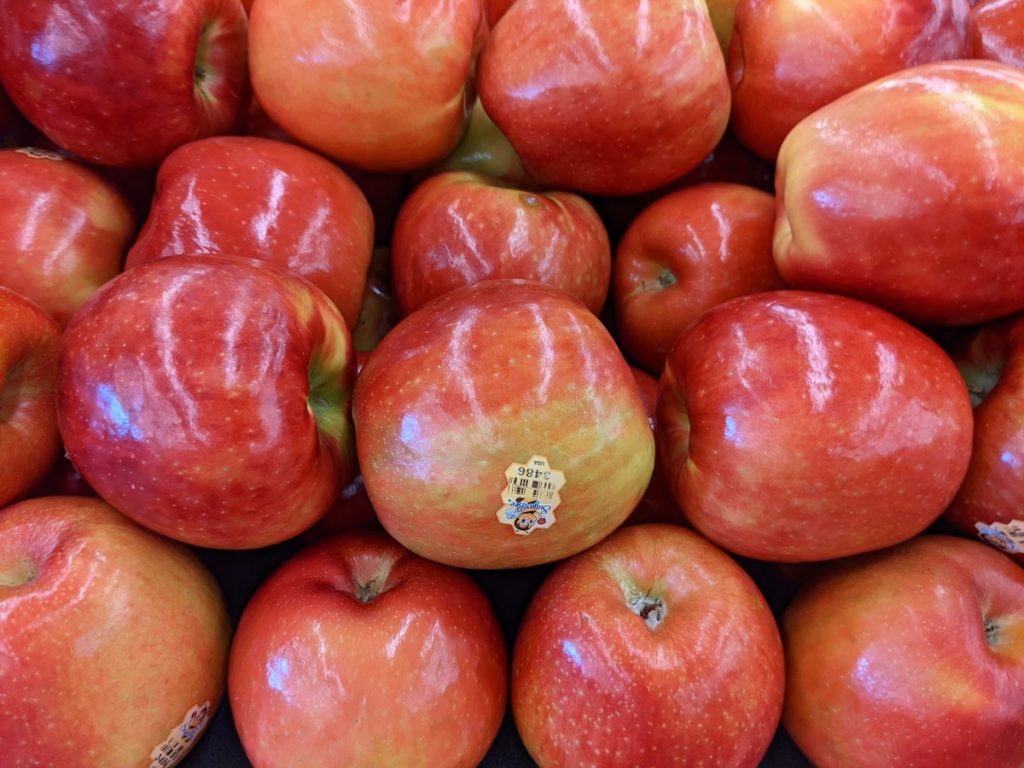History of Cordon Bleu
 Chicken Cordon Bleu is a beloved dish that many people enjoy worldwide. Its name evokes images of gourmet dining, and its taste is a delightful blend of chicken, ham, and cheese, all encased in a crispy breaded exterior. But where did this dish originate, and how did it become so popular?
Chicken Cordon Bleu is a beloved dish that many people enjoy worldwide. Its name evokes images of gourmet dining, and its taste is a delightful blend of chicken, ham, and cheese, all encased in a crispy breaded exterior. But where did this dish originate, and how did it become so popular?
Name Origin: “Cordon Bleu” translates from French to “Blue Ribbon” in English. In French culinary tradition, the Cordon Bleu is a prestigious award given to chefs of exceptional skill. It’s believed that the dish was so named because of its supreme taste and presentation, worthy of a “blue ribbon.”
Historical Background: The idea of stuffing meat with other meats or fillings is not new and can be traced back to many cultures. For instance, in Switzerland, there’s a dish that involves stuffing veal with ham and cheese, which might be considered a predecessor to Chicken Cordon Bleu. There’s also a rich tradition of breaded foods in European culinary history, such as the Austrian “Wiener Schnitzel,” which could have influenced the breaded exterior of Chicken Cordon Bleu.
Popularization in America: Chicken Cordon Bleu became especially popular in the United States in the 1960s. While the exact origins remain somewhat unclear, it’s believed that American soldiers stationed in Europe during and after World War II developed a fondness for European dishes, including variants of stuffed and breaded meats. As they returned home, the demand for these dishes increased. During the 1960s and 1970s, Chicken Cordon Bleu also became a popular banquet and frozen dinner item, which further increased its reach in American households.
Le Cordon Bleu Culinary School: It’s essential to mention that there’s a famous culinary school named “Le Cordon Bleu,” which began in Paris in the late 19th century. Although the school is famous for teaching the art of French cuisine, Chicken Cordon Bleu is not a traditional French dish, and there’s no direct evidence linking the dish’s invention to the school.
Modern Day: Over the decades, Chicken Cordon Bleu has become a staple dish in many Western countries. The basic ingredients remain the same, but chefs and home cooks alike have put their spin on it, experimenting with different cheeses, sauces, and even cooking methods.
In conclusion, while the exact origins of Chicken Cordon Bleu might remain a bit murky, its appeal is clear. The dish offers a delightful blend of flavors and textures, and its name invokes a sense of culinary excellence. Whether enjoyed in a high-end restaurant or from a family kitchen, Chicken Cordon Bleu remains a beloved dish around the world.

